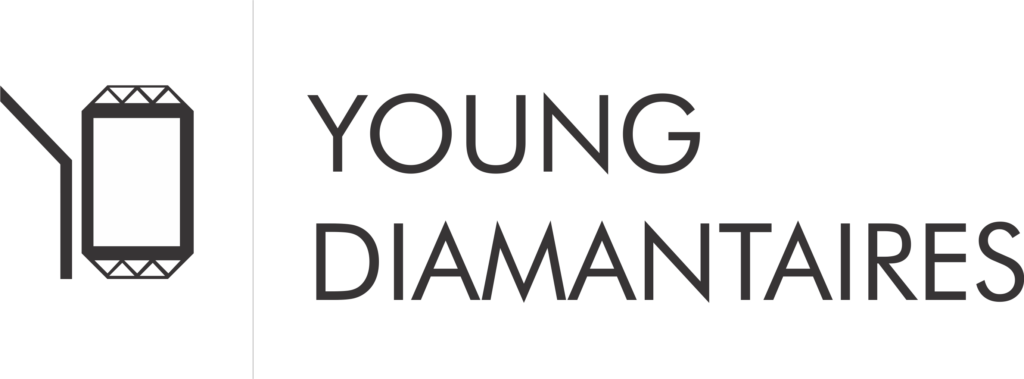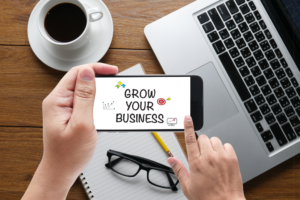“A pessimist sees the difficulty in every opportunity, an optimist sees the opportunity in every difficulty”
Winston Churchill

Now is the time to share and build your contacts, look at your LinkedIn and see ‘is there someone you should directly connect to?’.
Like every disaster which befalls mankind, we will come out the other end. The question is not whether you will come out stronger, the question you need to ask yourself is ‘will you become more resilient, more adaptable to change, and more determined to recover the ground you have lost?’
Some may actually enjoy the inaction, and that’s okay, but me? I’m going to come out of this more determined and focused, with a greater appreciation of how I have to change my behaviour to succeed in the new world.
I do not think for one minute that as this new normal emerges, we can go back to how we operated in the past.
Let’s paint a picture of how this might look, and some simple things that we need to contemplate and do to set ourselves up for success.
First and foremost, don’t assume that you know how your customer managed during this period. Some might have done it very hard, but are too proud to admit it, others not as difficult but will use the situation to their advantage. The lesson here is not to make assumptions; your aim is to give your client the time to tell their story, regardless of how many times you’ve heard it before. everyone has their own experience and within that story people reveal where they fit in. Having patience will be a critical tool to connecting and understanding their needs.
You will meet your colleagues again in the future, but its highly likely that meetings will be once a month or once a year. This could mean that you might not be able to attend the trade shows that you wanted, so start asking yourself where will you look to find the inspiration or contacts to keep your business ahead of the curve.
How will you connect with your clients in a way that makes you stand out? The things you used to take for granted are no longer there. So much of our communication is non-verbal, which brings me to my next point. Let’s accept that more and more business calls will be via video conferencing. So stop coming to a zoom or Skype call looking like you just woke up; unshaven, badly dressed, or just not looking like you did when you used to step out of the house every day for work.

When you use video conference tools, pay attention to the background, the angle of your camera, the lighting. Do you look like a monster or Dracula because the light source is under your face? Consider your audio, and more importantly your background noises. Try and limit it, and always test your connection before the call and be somewhere where you know your connection is solid.
You can’t walk around with your phone and the video on and expect that it’s ok for the person at the other end. The other side will be getting motion sickness from all that movement. Don’t forget the toilet nightmare when someone left their video on and went to the loo during a 20 person video conference call, all captured on a recorded call, and it went vial on YouTube.
Companies who have been the least impacted by our current situation are those who have been using the distributed employment model, which is very much what it sounds like; people working from home. It’s hard to think how you can move to this model when you are a retailer, but the key is to find what works for you and your customers and their lifestyles.
As more and more people feel comfortable buying from a video meeting, your potential market quadrupled, because you are no longer limited by geographic location. If you have people in your team who speak fluent Mandarin then China has just opened for business for you! P.S. if you want to do business online in China, then make sure you begin by getting a WeChat account and registering for a Alipay gateway (a bit like PayPal)
So apart from what I’ve suggested previously in terms of how you can use video conferencing; start to think more carefully about what you write and how you write it. All of us have received an email that we find very offensive but was not intended that way. It often has to do with the state of mind that we are in when we read it, or something about the interaction that we had with that person when we last spoke to them.
If your colleague walked up to you in the office the next day and told you the same thing that they wrote in the email, your take on it could be very different.
My suggestion here is that you’re often better off to pick up the phone and have a chat to someone than just firing off messages and emails.
Until you get into the habit of being more self-aware of how you write, you might even consider starting a fresh email without the person’s name at the top, and leave it in draft so that you can review it later on before you send it. Especially when it’s about an important or emotional topic to you.
We will never substitute face to face interaction and all the richness that deep personal contact brings to a meeting. Not to mention the location, the weather, the smells, all the little ques that we give each other often subliminally. But, this is our new reality for the time being, so we better get bloody good at it.
Trade well
Just trade.




This Post Has 4 Comments
Rami, a very well though-out and inspiring article. Practical advice with empathy that makes total sense.
thank you 🙂
Great observation and approach Rami. Thanks for sharing.
thanks for commenting, and sharing the perspective
Comments are closed.